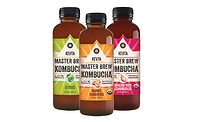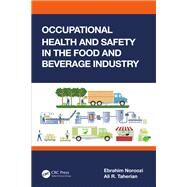96 percent of consumers use food, beverage to support health
Survey shows consumers have confusion about nutrition information

When conversing with a friend recently, I realized how much I “consume” information. I follow various local, state and national news outlets. The stack of books that I plan to read this summer includes more non-fiction than fiction. My “to watch” list is filled more with documentaries than scripted TV. However, I won’t pretend that reality shows aren’t on in the background while I am doing chores or cooking meals.
My thirst for new information also extends to food and beverage shopping rituals. I am that person in the aisle spending the extra few minutes to read the Nutrition Facts panel when purchasing new items. I am also that person who will put an item back on the shelf if the Nutrition Facts don’t align with the health-and-wellness goals I hope to instill in my family.
According to the International Food Information Council Foundation’s 12th Annual Food and Health Survey, I am not the exception but the norm, as 96 percent of respondents stated that they seek health benefits from their food and beverage purchases. The survey also points out that American shoppers are consuming food information from more sources than ever before.
However, the survey found that although consumers are taking in more information, their nutritional literacy still is falling short, which could be hindering their efforts.
Among factors contributing to the confusion are encounters with conflicting information about what one should or should not eat. According to the survey, 78 percent of respondents reported encountering this conflict. Of those respondents, 56 percent indicated that the confusion makes them second-guess their decisions.
The confusion that consumers are experiencing likely stems from the sources in which they place their trust, the council states. Fifty-nine percent of the survey respondents rated family and friends as their top influencer on decisions regarding eating patterns and diets.
Consumers also could be basing purchases on non-health factors like fresh, frozen or canned; place of purchase; ingredient list length; and price.
As more consumers look to take control of their health, an understanding of those principles could not only help their health, but also their pocketbooks.
Looking for a reprint of this article?
From high-res PDFs to custom plaques, order your copy today!









